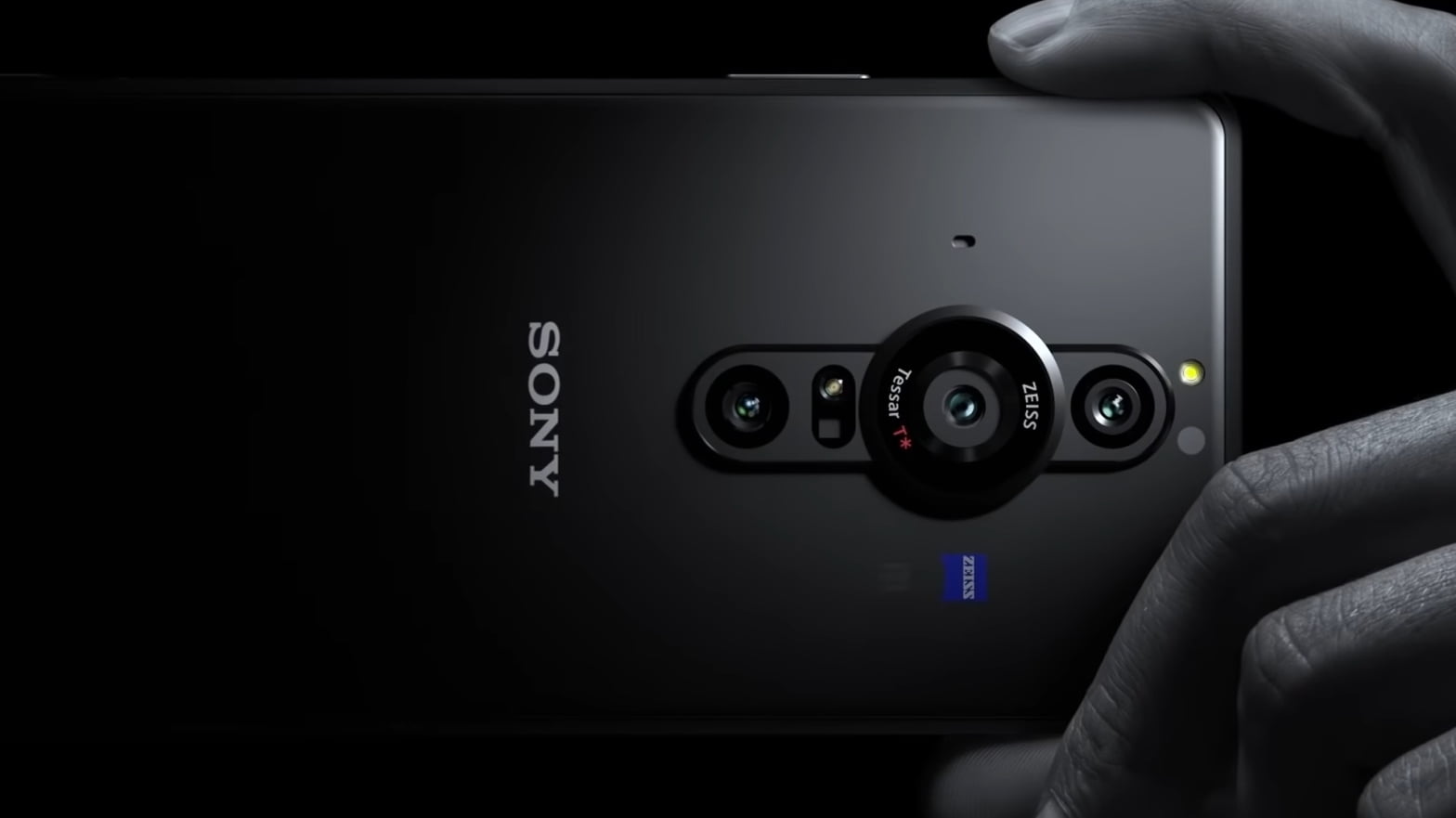The Sony Xperia Pro- 1 was released today as a device for pros, and now the latest version – the Sony Xperia Pro-I – is meant as a phone that’s custom-made for vloggers. The phone will be available for preorder starting October 28 and will be sold unlocked starting in December 2021 in the US.

The Xperia Pro-I (‘I’ for imaging) has almost all the perks of its predecessor and a few improvements of its own at a lower price – $1,799 / £1,599 (around AU$2,400), compared to the monstrous $2,500 (around £1,830 / AU$3,245) price tag of the Xperia Pro. The new Pro-I doesn’t have the HDMI port central to the Xperia Pro’s use as an external display for expensive professional cameras, so it’s more a general use phone built for videographers.
The Xperia Pro-I does have an updated main camera with a 1-inch sensor. It’s one of the leading mainstream phones to have a sensor of that size, which allows more reliable low-light performance, dynamic range, and more uniform depth-of-field compared to the computational bokeh seen in phones with smaller sensors. The main camera’s dual aperture lens, which lets you switch between f/2.0 and f/4.0, gives you added control over this background blur.

The megapixel count hasn’t changed from the Pro – all three rear cameras are 12MP, so the main, telephoto and ultra-wide cameras aren’t improved in that regard. But the Xperia Pro-I has other improvements on the standard Pro, like having 315 points of autofocus (the green grid of boxes shown when taking photos) covering 90% of the viewfinder, compared to 247 points on the Xperia Pro covering 70% of the viewfinder. The phone can also take burst shots up to 20 frames per second with autofocus, as well as improved anti-distortion over earlier Xperia models.
Other than its rearranged rear camera block, the Xperia Pro-I is physically similar to the Xperia Pro, though it does bump the chipset up to the Snapdragon 888 found in this year’s flagship Android phones. It has the same 6.5-inch OLED display as the Xperia 1 III, though that should be fine for most smartphone owners – its 4K resolution (3840 x 1644) is rare among modern smartphones.
It packs a 4,500mAh battery and 30W charger, as well as the Xperia I III’s front-facing speakers as well as a 3.5mm headphone jack. It has a shortcut button that can be set to open any app, and the dedicated shutter button has the same shutter switch module as Sony’s RX100 series compact cameras. There’s even a little hole to secure a wrist strap.

And, crucially, the Xperia Pro-I can record video – which the Xperia Pro couldn’t. But there’s more for the modern vlogger that Sony’s new phone can offer.
The Xperia Pro-I is dedicated to video recording, with some firsts in the world of smartphones: it’s the first to natively record 120fps – and save every frame, unlike other phones that record at that speed but save in 30 or 24fps to playback in slow motion at a specific speed. Saving every frame means users can choose whatever slow-mo rate they want.
There’s also new software, Video Pro, which offers a similar level of manual control and editing as Sony’s Cinema Pro app that came with the Xperia Pro. The phone’s wide 21:9 screen enables the phone to show the viewfinder in 16:9 with enough room on the side for manual video controls. With software called Optical Steadyshot and StableEye that stabilizes the footage and tracks moving subjects, the phone promises a lot for action videographers.
The Sony Xperia Pro-I has a few ‘world first’ claims, but perhaps the most significant is that Sony has officially called it a part of its camera lineup. Considering that lineup contains some of the world’s best cameras, it’s a symbolic moment for camera phones – and for premium compact cameras, too.
That’s because the Xperia Pro-I is effectively the phone equivalent of the Sony ZV-1 and Sony RX100 VII. Those two compact cameras are built on a similar 1-inch sensor and Bionz X processors. Until now, they’ve also held an advantage over the Xperia range (and most other smartphones) when it comes to sensor size and professional features.

The Xperia Pro-I sees Sony effectively abandon any concerns about cannibalization in favor of making a smartphone that can compete, on paper, with its best compact cameras for stills and video. It also sees Sony tread a very different path to its big camera phone rivals like Apple, Google, and Samsung. While the latter is now largely focused on computational point-and-shoot photography, the Xperia Pro-I is a pre-focused camera that’s built on Sony’s more traditional advantages in sensors, lenses, and real-time tracking autofocus.
Traditional cameras, like the Sony RX100 series, do still hold some advantages in areas like lenses. Despite the Xperia Pro-I’s inclusion of a glass Zeiss Tessar lens, size constraints do still limit what’s possible in a smartphone – so we’ll have to see how that plays out in some real-world tests. But there’s no doubt that the Xperia Pro-I is a bold statement of intent from Sony, which is the only smartphone maker that also makes world-class standalone cameras. The question is how many people, other than Sony camera fans, want that type of experience in a phone, compared to the more beginner-friendly smarts of the best camera phones.



